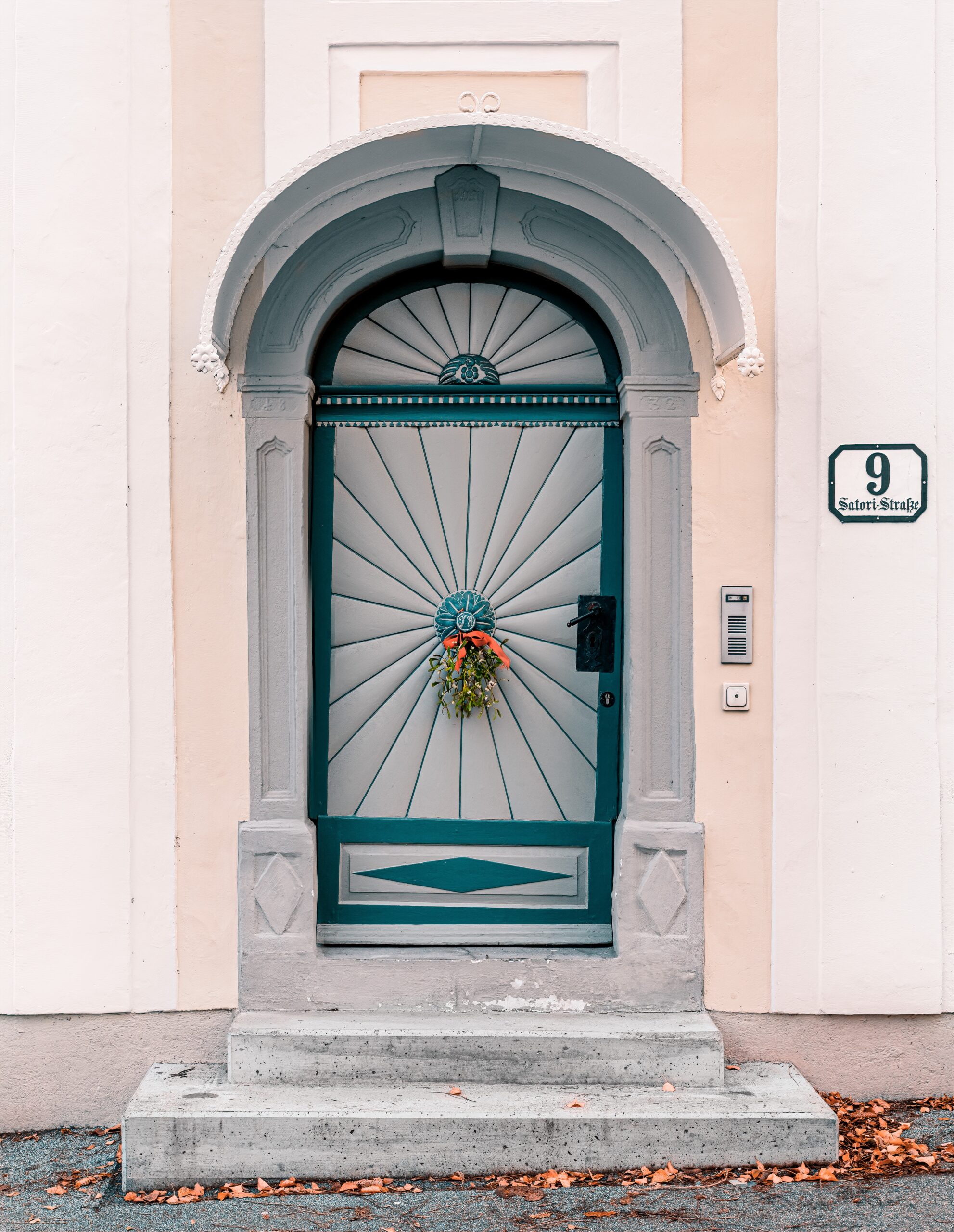In today’s world, security is more important than ever. With increasing threats ranging from burglary to ballistic attacks, protecting both residential and commercial properties has become a priority. One of the most effective ways to enhance safety is by installing bulletproof doors and windows. These high-security installations are no longer confined to banks or military buildings—they’re now found in homes, schools, offices, and retail stores. In this blog, we will explore the key features of bulletproof doors and windows, their working mechanisms, and their wide-ranging applications.
What Are Bulletproof Doors and Windows?
Bulletproof doors and windows—also referred to as ballistic-resistant barriers—are specially engineered to resist penetration by bullets and other high-velocity projectiles. Contrary to the term “bulletproof”, these materials are bullet-resistant, meaning they are designed to withstand specific levels of impact based on industry standards such as UL 752, NIJ (National Institute of Justice), or EN 1063 (European Standard).
These components are built with multiple layers of reinforced materials, such as:
- Laminated safety glass
- Polycarbonate layers
- Acrylic panels
- Steel or composite cores for doors
Key Features of Bulletproof Doors and Windows
1. Multi-Layered Construction
Bulletproof glass is typically composed of alternating layers of glass and polycarbonate or thermoplastic materials. This structure helps absorb the energy from a projectile and prevent it from fully penetrating.
2. Ballistic Ratings
Each bulletproof component is rated according to the type of ammunition it can resist:
- Level 1: Resists small-caliber handguns (.22, .380)
- Level 3: Resists larger handguns (.44 Magnum)
- Level 6–8: Resists high-powered rifles and automatic weapons
Doors and windows are customized according to the expected threat level, providing tailored protection.
3. Shatter-Resistance
Even if struck by bullets or other projectiles, bulletproof windows do not shatter like regular glass. Instead, they may crack but remain intact, preventing entry or injury from shards.
4. Fire and Blast Resistance
Many modern bulletproof doors and windows also offer fire-rated and blast-resistant properties, adding extra layers of protection during explosions or fires.
5. Aesthetics and Design Flexibility
Today’s bulletproof systems come with sleek designs that can mimic ordinary windows and doors. Customizations include:
- Tinted or frosted glass
- Woodgrain finishes on doors
- Soundproofing features
- UV protection
6. Maintenance and Durability
These installations are built to last. Their robust construction ensures resistance to weather elements, UV radiation, and physical impact. Routine maintenance is minimal, making them a practical investment.
How Do They Work?
When a bullet hits a bulletproof window or door:
- The outer glass layer may crack but absorbs some energy.
- The polycarbonate or plastic interlayers absorb and disperse the remaining energy.
- The projectile is slowed down or stopped before reaching the final layer.
Doors work similarly, with reinforced cores and impact-absorbing materials behind the external surface. Some systems include locking mechanisms and automated closures for additional security.
Applications of Bulletproof Doors and Windows
1. Banks and Financial Institutions
One of the earliest adopters of bulletproof materials, banks use these systems to protect tellers, vaults, and secure transaction rooms from armed robberies.
2. Government Buildings
Police stations, embassies, courthouses, and military installations rely on bullet-resistant architecture to defend against potential terrorist attacks or armed assaults.
3. Retail Stores and Gas Stations
Convenience stores, pawnshops, and high-end retail outlets use bulletproof counters, doors, and transaction windows to safeguard cash and valuable merchandise.
4. Schools and Educational Institutions
In light of increasing concerns over school shootings, many schools have started installing bulletproof windows and classroom doors to protect students and staff.
5. Residential Properties
Luxury homes, gated estates, and urban apartments sometimes incorporate bulletproof elements—especially in panic rooms or main entry points—for personal safety.
6. Corporate Offices
High-profile executives or companies handling sensitive data or valuable assets may install bulletproof partitions, conference rooms, or entryways.
7. Healthcare Facilities
Hospitals, especially emergency departments or psychiatric units, may use bullet-resistant doors and windows to manage violent incidents or protect high-risk areas.
8. Transportation and Vehicles
Armored vehicles, VIP transport vans, and even some public buses use bulletproof glass to protect passengers during hostile situations.
Advantages of Installing Bulletproof Systems
- Peace of Mind: Knowing that you are protected from potential ballistic threats provides emotional and psychological comfort.
- Enhanced Property Value: High-security installations can boost the value of a property, especially in urban or high-risk zones.
- Integrated Safety: Many systems integrate seamlessly with access control, fire alarm, and surveillance systems.
- Long-Term Cost Efficiency: Reduced risk of theft, vandalism, or harm leads to potential savings on insurance and repair costs.
Considerations Before Installation
Before installing bulletproof doors and windows, consider the following:
- Threat assessment: Understand the level of risk and choose materials accordingly.
- Compliance: Ensure the product meets recognized ballistic standards.
- Budget: Costs can range significantly based on size, ratings, and customizations.
- Installation expertise: Work with certified professionals to ensure proper fitting and sealing.
Emerging Trends in Bulletproof Technology
Smart Glass Integration: Combining bulletproof features with switchable privacy glass and interactive displays.
Lightweight Panels: Development of thinner, lighter materials that maintain high resistance.
Eco-Friendly Materials: Use of sustainable components in manufacturing to reduce environmental impact.
Hybrid Protection: Combining bullet resistance with soundproofing, blast protection, and fire resistance in a single product.
Conclusion
Bulletproof doors and windows are no longer exclusive to high-security zones. With advancements in materials and aesthetics, they offer a perfect blend of security, functionality, and design. Whether you’re a homeowner seeking peace of mind, a business protecting assets, or an institution prioritizing safety, investing in bulletproof systems is a forward-thinking move.
In a world where threats can arise unexpectedly, being prepared with the right protective infrastructure can make all the difference.

